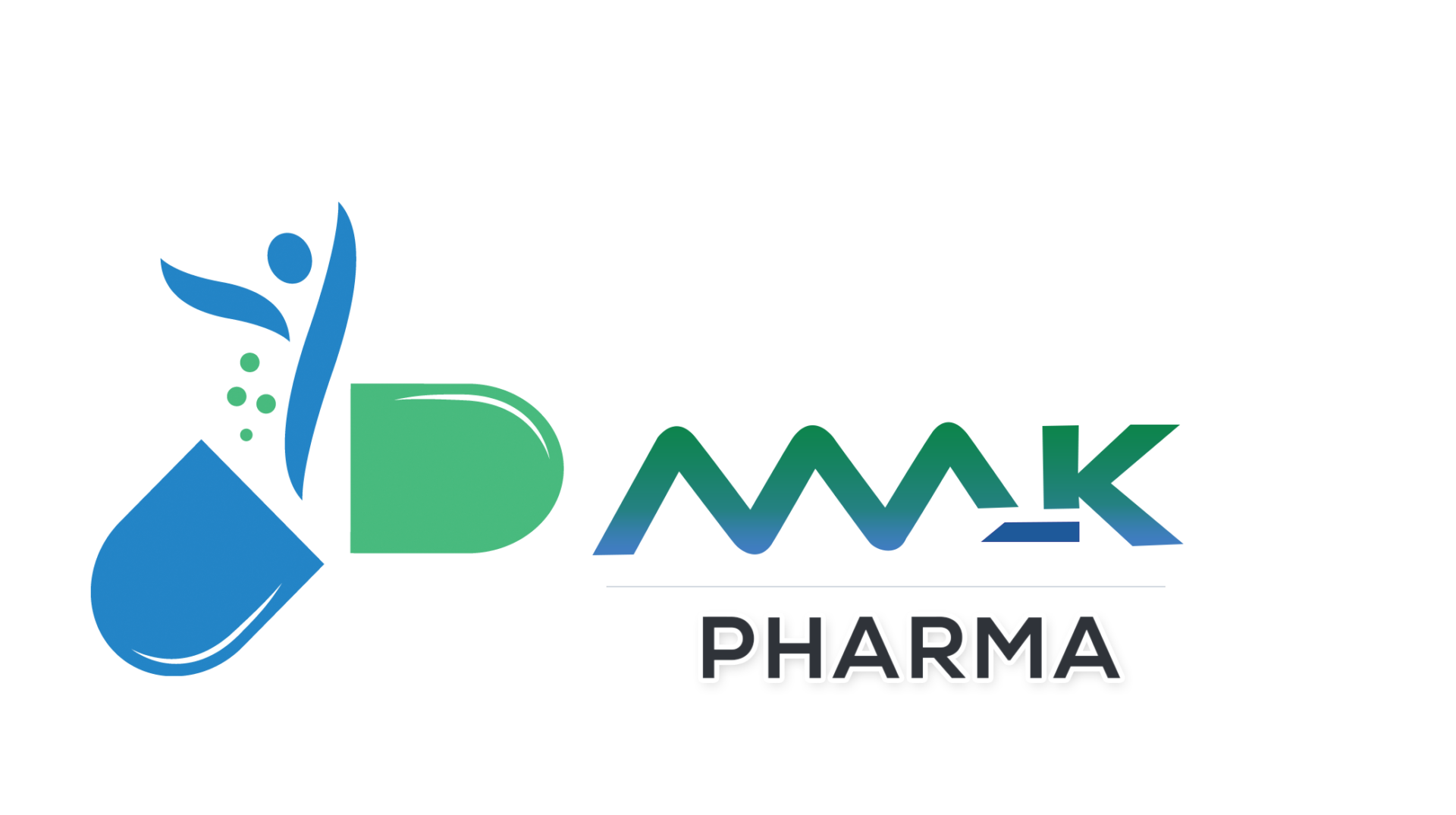DEA Controlled Drug Packaging operates under strict requirements given by the Drug Enforcement Administration. These requirements ensure that controlled drugs are secured, traceable, and tamper-proof. Mistakes during packaging may cause dire ramifications like recall, fines, and the loss of licenses. Organisations should therefore make attempts to recognise the standard errors for risk avoidance and amend them.
Why Do Errors in Packaging Production Occur?
Often, errors take place through ignorance of the rules. Some institutions may concentrate on design or speed issues and ignore security specifications or labelling issues. Others may not invest in employee training or compliance systems. Weak documentation also raises the risks. A small mistake in DEA DEA-controlled drug Packaging can become very costly, very quickly.
What Are Common Mistakes?
1. Wrong Labelling
Labels need to contain correct information, warnings, and handling instructions. Labels that are defective, incomplete, or illegible are an issue for compliance. A small printing error can bring about penalties.
2. Weak Security Features
Tamper-proof seals, a secure lock, and identification marks are needed for controlled substances. Promiscuous packaging or ignorance of security requirements heightens the possibility of theft or diversion.
3. Weak Record Keeping
Each package must have its exhaustive tracking history. Short-through of batch data, dates, or moving records raises holes in compliance. Poor record-keeping throws up a red flag.
4. Material Standards Are Ignored
Not all packaging materials used are compatible with DEA or FDA guidelines. Packaging done using low-quality or unapproved materials may pose dangers, making that very packaging non-safe or non-compliant.
5. Ignoring Regular Audit
Audits spot minor bugs before they develop into major catastrophes. Many organisations ignore them in a quest to save time or money, therefore making themselves more vulnerable to this risk.
What will companies do to reduce these errors?
Prevention starts with training. Employees should understand the rules and stick to detailed checklists. Companies should have up-to-date systems for documentation and compliance. An audit can provide an additional source for validation. Partnering with the experts will ensure that all aspects of DEA Controlled Drug Packaging comply with the latest standards.
What Role Do Other Packaging Solutions Play?
- Other pharmacy packaging solutions also influence compliance.
- ANDA OTC Packaging ensures that the over-the-counter generic medicines comply with the FDA and safety standards.
- Pharmaceutical RX Packaging ensures labelling and safe dispensing for prescribed medications.
- ANDA Packaging oversees generic and branded medicines to meet all approval regulations.
All of these complement overall compliance in pharmaceutical operations.
Why is DEA Packaging Different from Regular Pharmaceutical Packaging?
As for standard pharma packaging, it deals with safety, branding, and usability. DEA Controlled Drug Packaging secures these aspects with added layers of safety and traceability. It involves strict surveillance, accurate documentation, and stronger materials. Thus, making compliance difficult, it shows the need for severe implementation for the sake of public safety.
What If Companies Do Not Comply?
Misconduct attracts product recalls, huge penalties, or license revocation. This will tarnish the brand name reputation, ruin the trust of customers, and may hinder the patient safety of medical devices and the packaging of drugs. The implication is that it will disrupt the supply chain. Compliance, however, is not just about avoiding working penalties; it protects patients and the prospects of the company.
How to Look for an Appropriate Choice of Packaging Partner?
A good partner should have relevant working experience with DEA-controlled drug Packaging. They should be cognizant of both technical and regulatory issues. A good partner offers audits, testing, documentation, and ongoing assistance. A good fit will minimise risk and maximise compliance for the correct vendor.
Packaging errors may be avoided; planning will avoid some of the errors. Lay labels, tamper-resistant seals, accurate records, and regular audits protect companies. Patients are safeguarded, and companies build trust with their clients by taking these steps. Many companies seek reliable suppliers like Makpharmausa for professional solutions in DEA-controlled drug Packaging.

